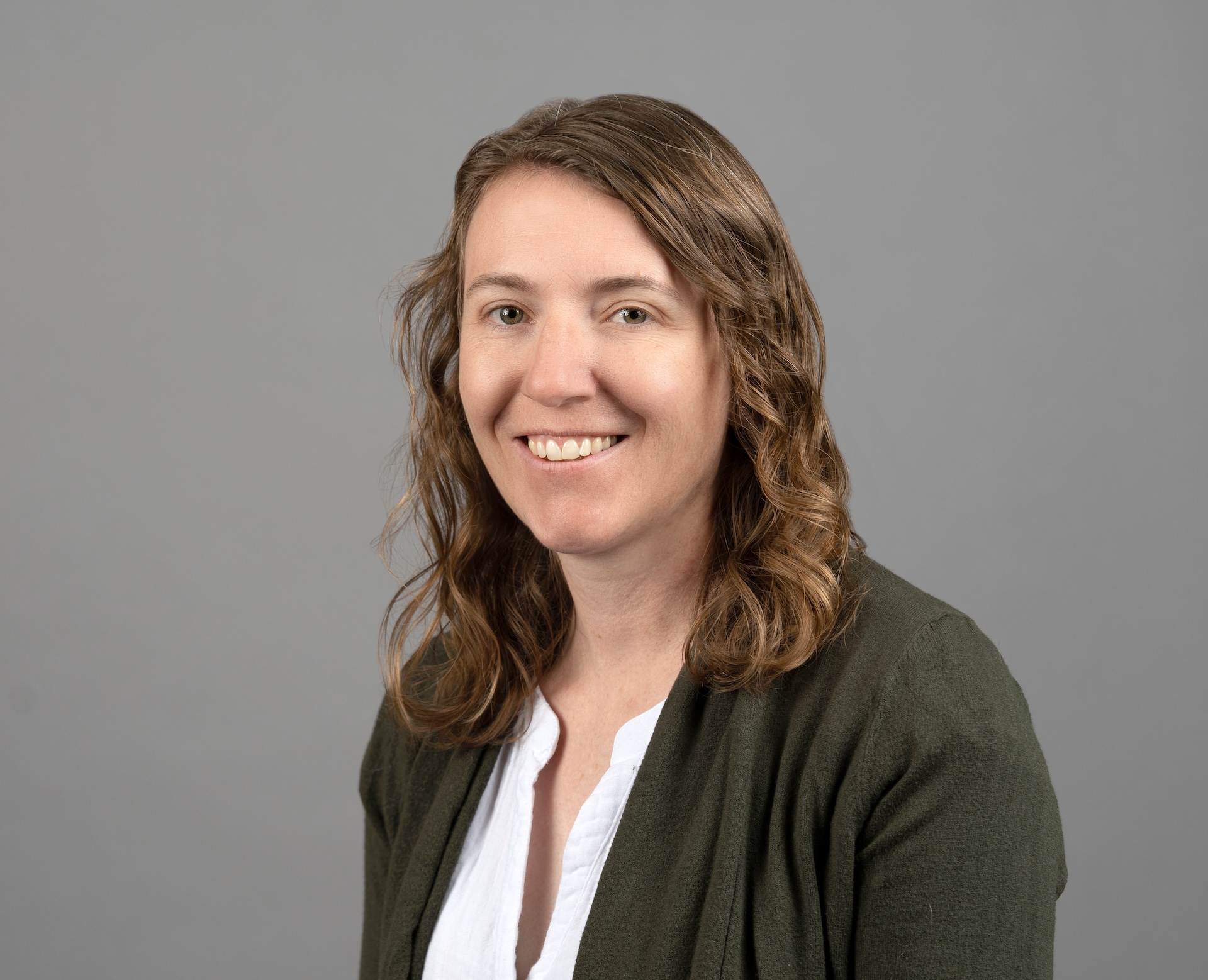
Transgenic & Gene Targeting Mouse Core Facility
The Transgenic & Gene Targeting (TG) Mouse Core Facility provides state of the art services to generate genetically modified mouse research models. The TG Mouse core uses CRISPR technology to generate knockout, knockin, and conditionally targeted alleles in mice. This method allows for the efficient and relatively inexpensive generation of mice with specific genetic mutations. Other services include conventional targeting of mouse ESCs, injection of ESCs to make germline chimeras, and production of traditional transgenic mice using random genomic insertion methods. In addition to producing novel mouse models, the TG Mouse core provides services for common mouse procedures including embryo and sperm cryopreservation, in vitro fertilization (IVF), karyotyping of ESCs, rederivation of mice from frozen embryos and derivation of primary mouse ESCs.
The TG Mouse core staff works closely with University of Utah regulatory groups and is in compliance with strict IACUC and USDA guidelines.
Generation of Genetically Modified Mouse Lines
| Service | Strain | Rate | Deliverables |
| Pronuclear Injection | F1 (B6CBAF1/J) | $5,200 | Implantation of >200 injected embryos |
| C57/Bl6J | $6,300 | ||
| Embryo Electroporation | F1 | $2,250 | Implantation of >125 electroporated embryos |
| C57/Bl6J | $2,800 | ||
| Validation of CRIPSR reagents (per condition) | F1 | $300 | >50 electroporated embryos |
| C57/Bl6J | $300 | ||
| CRISPR ESC Targeting | F1 | $3,600 | 192 clones from CRISPR edited population |
| C57/Bl6J | $4,200 | ||
| Traditional ESC Targeting | F1 | $6,000 | 192 selected clones |
| C57/Bl6J | $6,600 | ||
| Blastocyst Injection | F1 | $6,600 | ≥2 chimeras |
| C57/Bl6J | $7,125 | ||
| Breeding to N1 generation | NA | $520 | Outcrossing of 4 founder miceN1 ear clips |
| Service fees include the purchase of donor female mice, superovulation, microinjection, microsurgery procedures, ear tissue collection for DNA isolation and animal housing up until weaning. Users will be charged cage per diems for mice that remain in the core after weaning. If needed the core can purchase alternative WT strains or transfer custom strains for these services. These fees do not include CRISPR reagents, transgenic constructs, genotyping, and DNA sequencing. The Mutation Generation and Detection (MGD) Core provides these molecular services or users can also supply their own reagent for injection. The total cost to generate a novel mouse model from start to the sequenced heterozygous N1 generation is $8,000-$16,000 and depends on the mouse strain and edit type. | |||
Cyrorecovery
| Service | Strain | Rate | Deliverables |
| Rederivation of frozen embryos | NA | $970 | Minimum of 2 carriers |
| IVF | F1 | $1,590 | Minimum of 2 carriers |
| C57/Bl6J | $1,850 | ||
| Blastocyst Injection | F1 | $6,600 | >2 chimeras |
| C57/Bl6J | $7,125 | ||
| To recover a frozen line please email the core director to coordinate the transfer of the frozen sperm, embryos or ESCs to the core. Users are welcome to ship samples directly to the core. Core Shipping Address: University of Utah Transgenic Gene-Targeting Mouse Facility 15 North 2030 East Bldg. 533, Room 7470 Salt Lake City, UT 84112 | |||
Cyropreservation
| Service | Rate | Deliverables |
| Sperm Cryopreservation | $685 | Live preserved sperm (20 straws) and analysis of sperm quality before and after freeze |
| Embryo Cryopreservation | $1,500 | Live frozen embryos (~30-40 embryos) and post freeze viability assessment |
| To initiate a sperm cryopreservation service please submit a cryopreservation request form (Transgenic Mouse > Sperm CryoPreservation Request Form) through the Cores Resource System. Upon receiving the completed form, we will submit a request in eSirius to transfer the mice to the core for the procedure. For embryo cryopreservation requests please email the core director: mutrus@genetics.utah.edu | ||
New Mouse Model Generation Query
Requesting Services
Existing users may login directly to the Resource Scheduling System to schedule or order services. This system is cores-wide and uses University of Utah uNID authentication.
Contact Us
Hours of Operation
8:00 am to 5:00 pm
Monday - Friday
Shipping Address
Transgenic Gene-Targeting Mouse Facility
15 North 2030 East
Bldg. 533, Room 7470
Salt Lake City, UT 84112
Recent Acknowledgements
- Garritson JD, Zhang J, Achenbach A, Ferhat M, Eich E, Stubben CJ, Martinez PL, Ibele AR, Hilgendorf KI, Boudina S. BMPER is a marker of adipose progenitors and adipocytes and a positive modulator of adipogenesis. Commun Biol. 2023;6(1):638. Epub 20230613. doi: 10.1038/s42003-023-05011-w. PubMed PMID: 37311809; PMCID: PMC10264349.
- Gerstner CD, Reed M, Dahl TM, Ying G, Frederick JM, Baehr W. Arf-like Protein 2 (ARL2) Controls Microtubule Neogenesis during Early Postnatal Photoreceptor Development. Cells. 2022;12(1). Epub 20221230. doi: 10.3390/cells12010147. PubMed PMID: 36611941; PMCID: PMC9818799.
- Jia S, Ratzan EM, Goodrich EJ, Abrar R, Heiland L, Tarchini B, Deans MR. The dark kinase STK32A regulates hair cell planar polarity opposite of EMX2 in the developing mouse inner ear. Elife. 2023;12. Epub 20230505. doi: 10.7554/eLife.84910. PubMed PMID: 37144879; PMCID: PMC10202454.
- Jurynec MJ, Gavile CM, Honeggar M, Ma Y, Veerabhadraiah SR, Novak KA, Hoshijima K, Kazmers NH, Grunwald DJ. NOD/RIPK2 signalling pathway contributes to osteoarthritis susceptibility. Ann Rheum Dis. 2022;81(10):1465-73. Epub 20220622. doi: 10.1136/annrheumdis-2022-222497. PubMed PMID: 35732460; PMCID: PMC9474725.
- Kee TR, Wehinger JL, Gonzalez PE, Nguyen E, McGill Percy KC, Khan SA, Chaput D, Wang X, Liu T, Kang DE, Woo JA. Pathological characterization of a novel mouse model expressing the PD-linked CHCHD2-T61I mutation. Hum Mol Genet. 2022;31(23):3987-4005. doi: 10.1093/hmg/ddac083. PubMed PMID: 35786718; PMCID: PMC9703812.
- Tarasov M, Struckman HL, Olgar Y, Miller A, Demirtas M, Bogdanov V, Terentyeva R, Soltisz AM, Meng X, Min D, Sakuta G, Dunlap I, Duran AD, Foster MP, Davis JP, Terentyev D, Gyorke S, Veeraraghavan R, Radwanski PB. NaV1.6 dysregulation within myocardial T-tubules by D96V calmodulin enhances proarrhythmic sodium and calcium mishandling. J Clin Invest. 2023;133(7). Epub 20230403. doi: 10.1172/JCI152071. PubMed PMID: 36821382; PMCID: PMC10065082.
- Wang H, Ramshekar A, Cung T, Wallace-Carrete C, Zaugg C, Nguyen J, Stoddard GJ, Hartnett ME. 7-Ketocholesterol Promotes Retinal Pigment Epithelium Senescence and Fibrosis of Choroidal Neovascularization via IQGAP1 Phosphorylation-Dependent Signaling. Int J Mol Sci. 2023;24(12). Epub 20230617. doi: 10.3390/ijms241210276. PubMed PMID: 37373423; PMCID: PMC10299509.
- Zhang J, Roberts JM, Chang F, Schwakopf J, Vetter ML. Jarid2 promotes temporal progression of retinal progenitors via repression of Foxp1. Cell Rep. 2023;42(3):112237. Epub 20230314. doi: 10.1016/j.celrep.2023.112237. PubMed PMID: 36924502; PMCID: PMC10210259.
- Zheng D, Mohapatra G, Kern L, He Y, Shmueli MD, Valdes-Mas R, Kolodziejczyk AA, Prochnicki T, Vasconcelos MB, Schorr L, Hertel F, Lee YS, Rufino MC, Ceddaha E, Shimshy S, Hodgetts RJ, Dori-Bachash M, Kleimeyer C, Goldenberg K, Heinemann M, Stettner N, Harmelin A, Shapiro H, Puschhof J, Chen M, Flavell RA, Latz E, Merbl Y, Abdeen SK, Elinav E. Epithelial Nlrp10 inflammasome mediates protection against intestinal autoinflammation. Nat Immunol. 2023;24(4):585-94. Epub 20230320. doi: 10.1038/s41590-023-01450-z. PubMed PMID: 36941399.
- Zhou C, Uluisik R, Rowley JW, David C, Jones CL, Scharer CD, Noetzli L, Fisher MH, Kirkpatrick GD, Bark K, Boss JM, Henry CJ, Pietras EM, Di Paola J, Porter CC. Germline ETV6 mutation promotes inflammation and disrupts lymphoid development of early hematopoietic progenitors. Exp Hematol. 2022;112-113:24-34. Epub 20220706. doi: 10.1016/j.exphem.2022.06.002. PubMed PMID: 35803545; PMCID: PMC9885892.
Citing Our Facility
Acknowledgments
We would like to thank you for acknowledging the our facility. This recognition allows us to highlight the impact of your work and demonstrates the important contributions of our facility makes to research across the University of Utah. The recognition our core receives from your acknowledgments also aids in receiving grants and further funding for equipment and services we can provide to our users.
Self-Run Services / Instrumentation Usage:
In published papers that used instruments at our facility and notably involved staff members please use the following format:
We acknowledge (facility name) at the University of Utah for use of equipment (insert instrument/service details here), and thank (insert any notable staff member – if desired) for their assistance.
Assisted Services:
In published papers where a staff member assisted you in addition to the requested services please use the following format:
We acknowledge (facility name) at the University of Utah for use of equipment (insert instrument/service details here), and thank (insert staff member-required) for their assistance in (service provided).
Collaboration:
For publications resulting from collaborations that assisted with the methodologies, planning process and execution of your experiment in addition to equipment usage we require Co-author attribution on your publication for our facility and any staff members who provided substantial contributions to the originating project.



